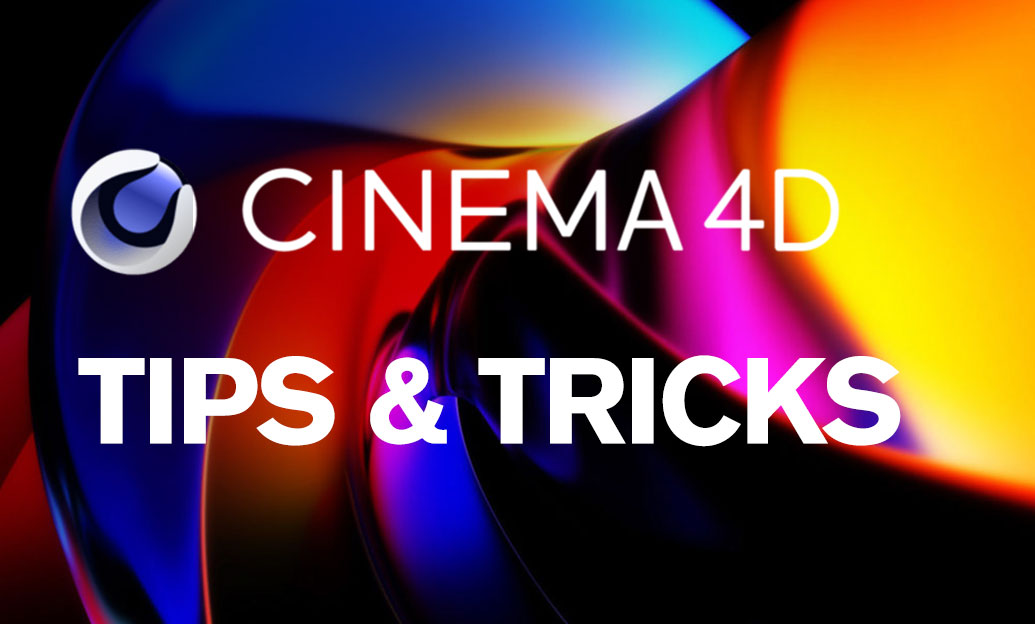Your Cart is Empty
Customer Testimonials
-
"Great customer service. The folks at Novedge were super helpful in navigating a somewhat complicated order including software upgrades and serial numbers in various stages of inactivity. They were friendly and helpful throughout the process.."
Ruben Ruckmark
"Quick & very helpful. We have been using Novedge for years and are very happy with their quick service when we need to make a purchase and excellent support resolving any issues."
Will Woodson
"Scott is the best. He reminds me about subscriptions dates, guides me in the correct direction for updates. He always responds promptly to me. He is literally the reason I continue to work with Novedge and will do so in the future."
Edward Mchugh
"Calvin Lok is “the man”. After my purchase of Sketchup 2021, he called me and provided step-by-step instructions to ease me through difficulties I was having with the setup of my new software."
Mike Borzage
Revit Tip: Enhancing Architectural Visualizations: Mastering Camera Views in Revit
March 11, 2024 2 min read

Visualizations play a crucial role in communicating design intent and bringing architectural concepts to life. In Revit, camera views are an essential tool for creating impactful visual presentations. Here are tips for using Revit's Camera Views effectively:
- Place Cameras Intentionally: Position cameras strategically within your model to capture the best angles. Consider the key architectural features you want to highlight and the path the sun takes across the sky to ensure optimal lighting.
- Adjust Camera Settings: Fine-tune focal lengths to control the perspective. A lower focal length can create a wide-angle effect, which can be dramatic, while a higher focal length allows for more standard views that resemble how the human eye would perceive the space.
- Use 2-Point Perspective: To keep vertical lines straight and give your images a more realistic and professional look, utilize the 2-point perspective option available in the camera properties.
- Apply Depth of Field: Create a sense of depth by adjusting the depth of field settings in your camera view. This can help to focus on specific elements while softly blurring the background or foreground.
- Adjust Exposure: Just like in photography, exposure can make or break an image. Experiment with the exposure settings to ensure your renderings are not too dark or blown out.
- Use Section Boxes: Section boxes can help isolate specific areas in your 3D view, allowing you to create more focused and detailed visualizations without extraneous background information.
- Walkthroughs: Create walkthroughs by connecting a series of camera views. This is a powerful way to show a journey through the space you've designed.
- Sun Settings: Manipulate the sun settings to simulate different times of day or seasons, which can dramatically alter the mood and effectiveness of your visualizations.
- Export Options: When you're ready to share your camera views, consider the various export options. You can export as an image, a PDF, or even export to a rendering engine for more sophisticated visualizations.
For more advanced visualization techniques and a wide array of Revit tools, NOVEDGE offers a comprehensive selection to help elevate your Revit projects.
Remember that the goal of a good rendering is not just to show a building, but to tell a story about it. Each camera view should convey a narrative that aligns with your design objectives and supports the overall project narrative. With practice and attention to detail, you'll be able to use Revit's camera views to create presentations that captivate and communicate effectively.
You can find all the Revit products on the NOVEDGE web site at this page.
Also in Design News

Revolutionizing 3D Design: Exploring Five Groundbreaking Innovations in Cinema 4D
August 31, 2025 4 min read
Read More
Revolutionizing Telecommunications: The Rise of Advanced Design Software
August 31, 2025 16 min read
Read More
Cinema 4D Tip: Optimizing 2D Matte Integration with Projection Man in Cinema 4D
August 31, 2025 3 min read
Read MoreSubscribe
Sign up to get the latest on sales, new releases and more …


